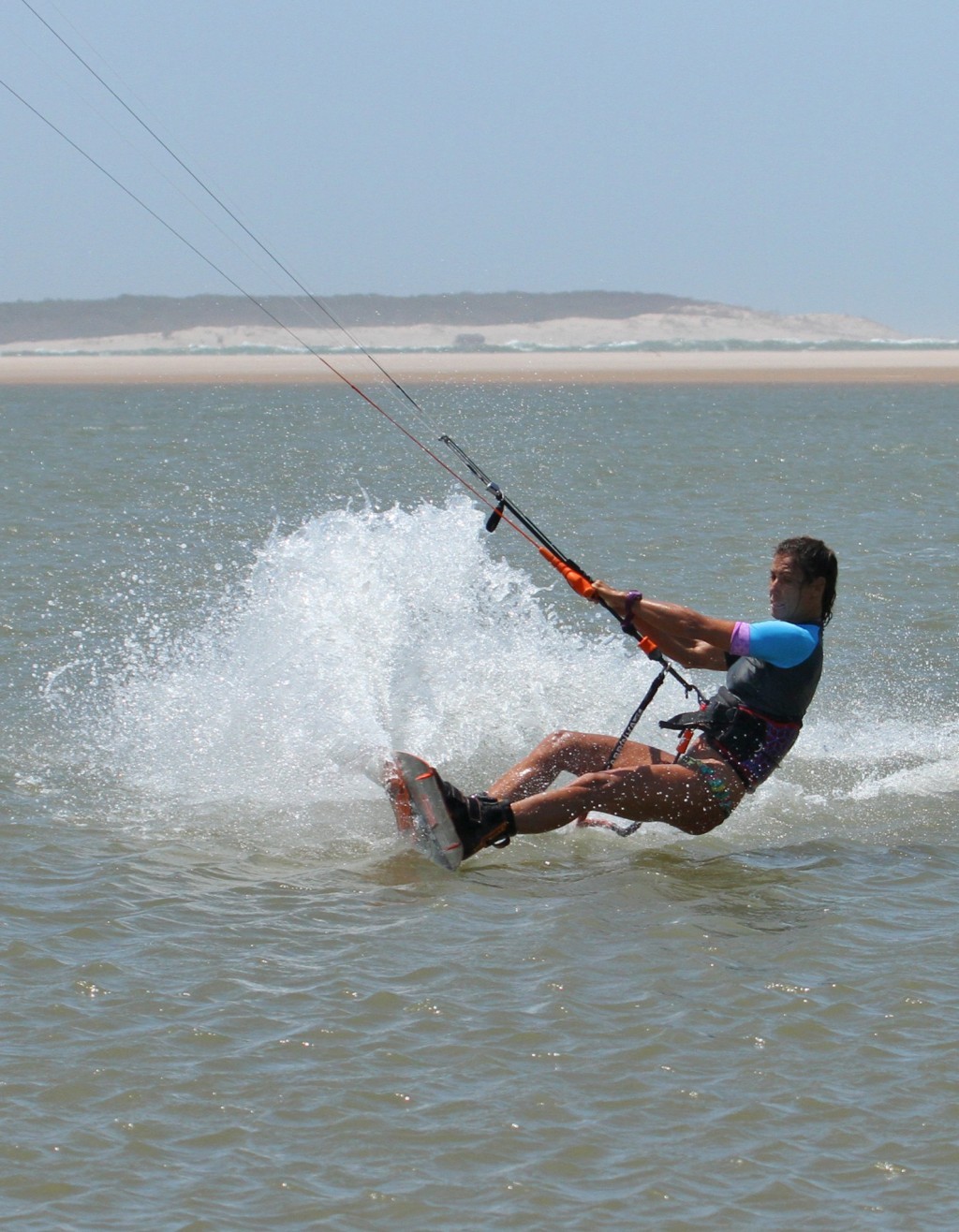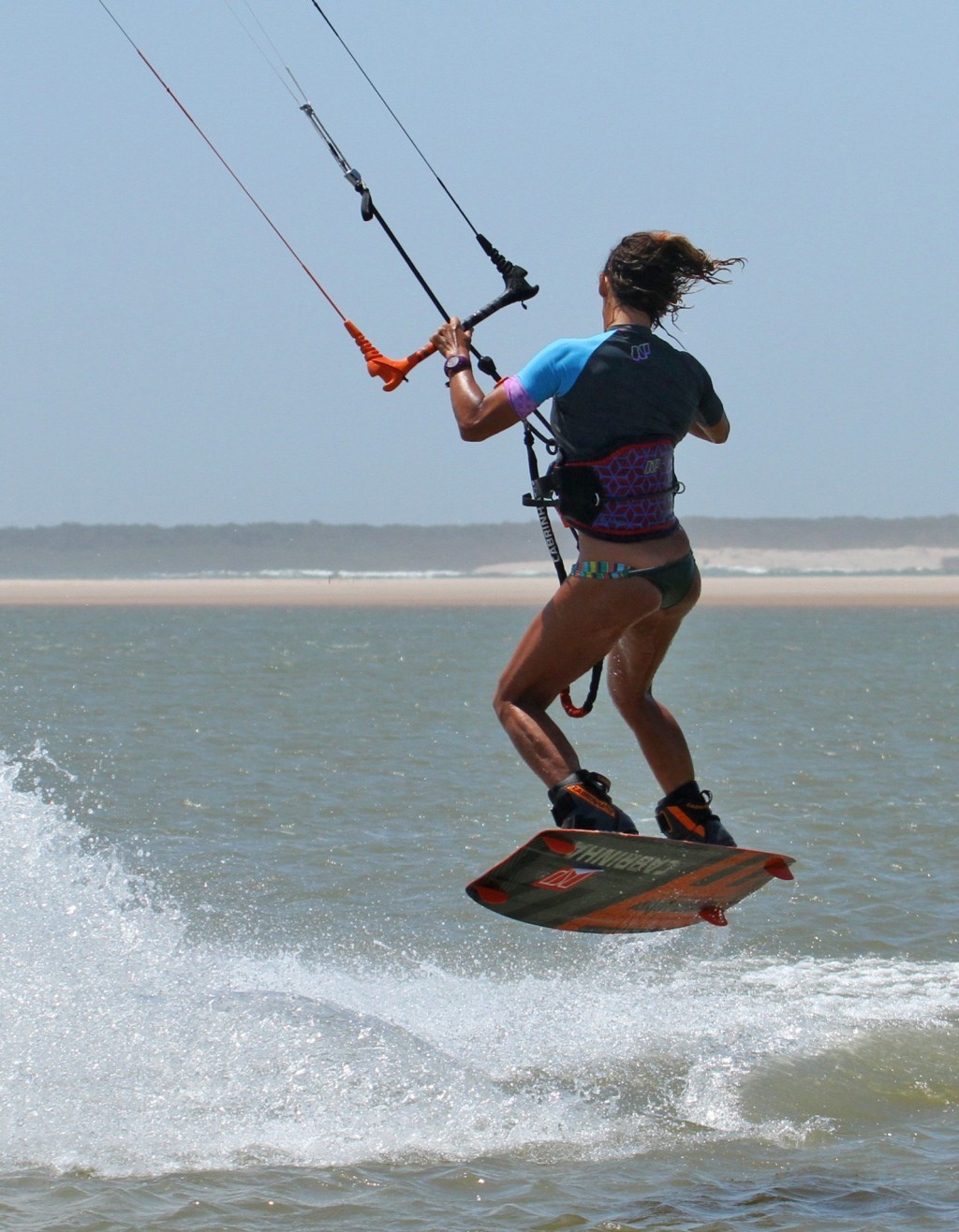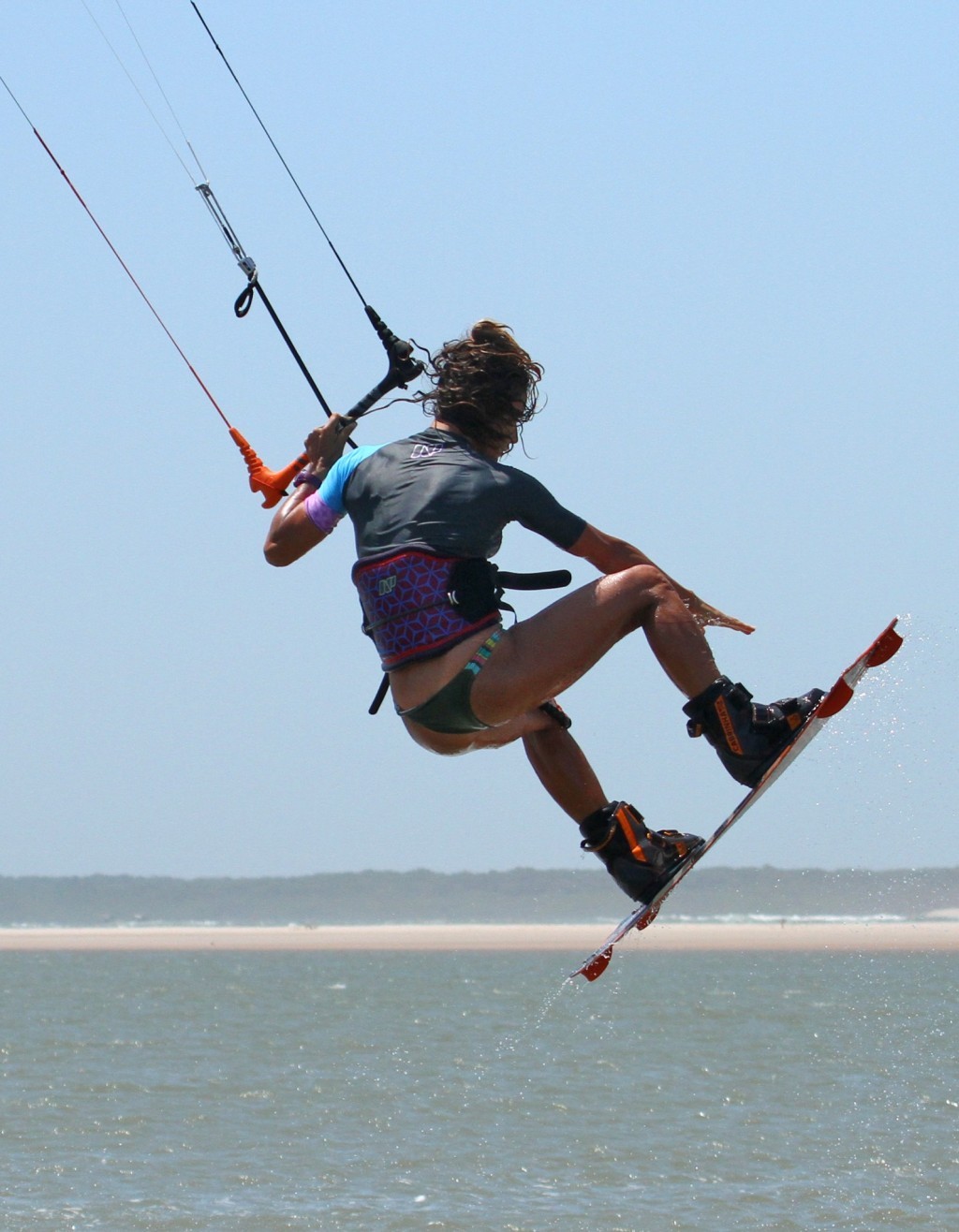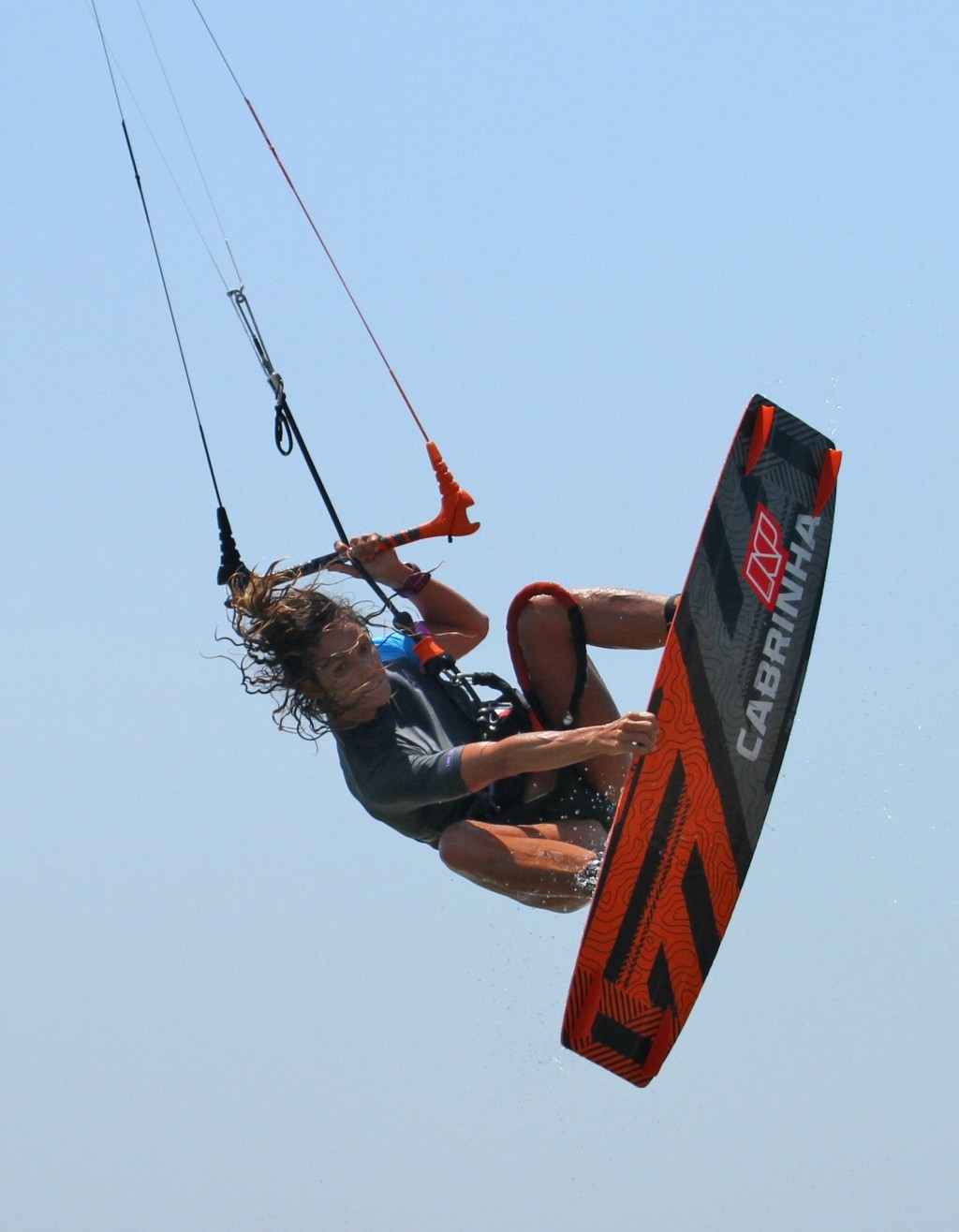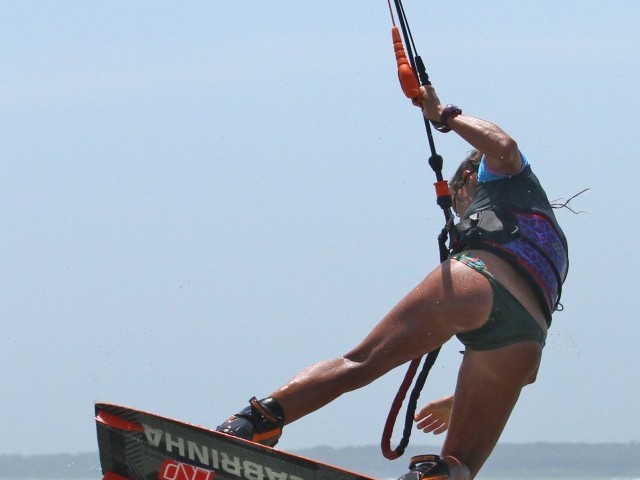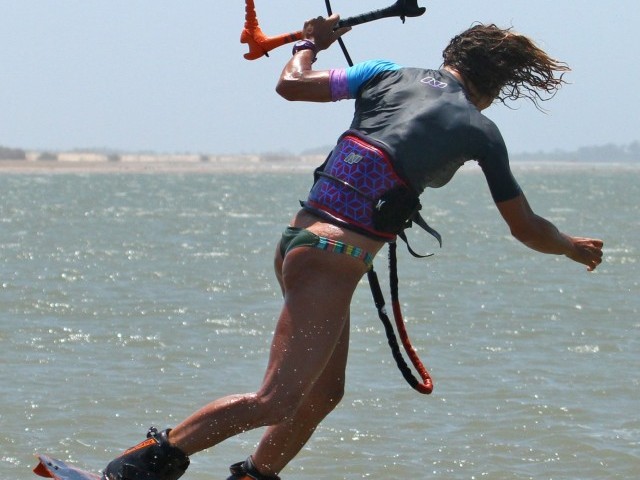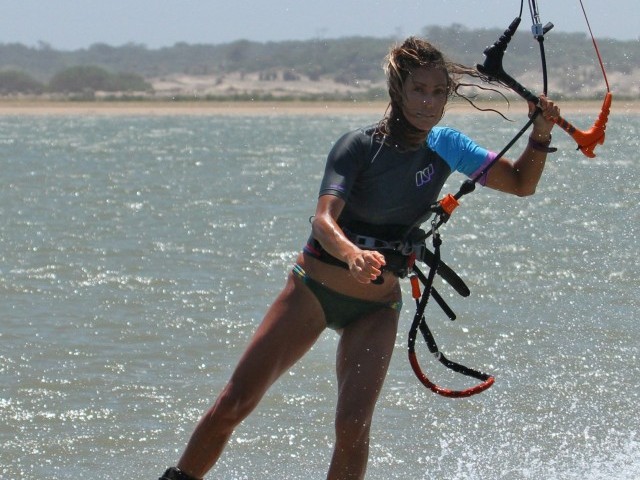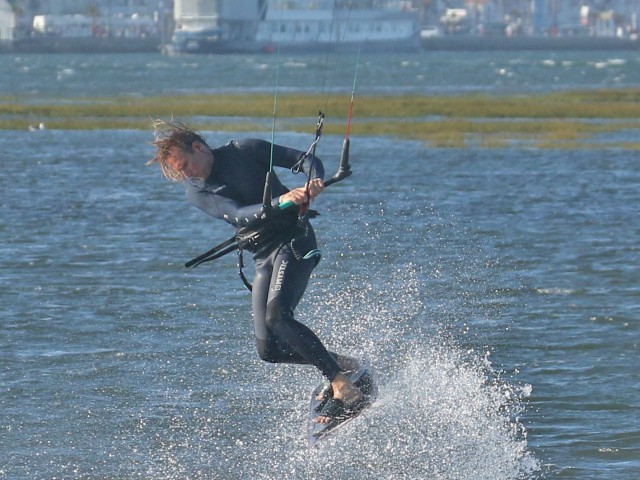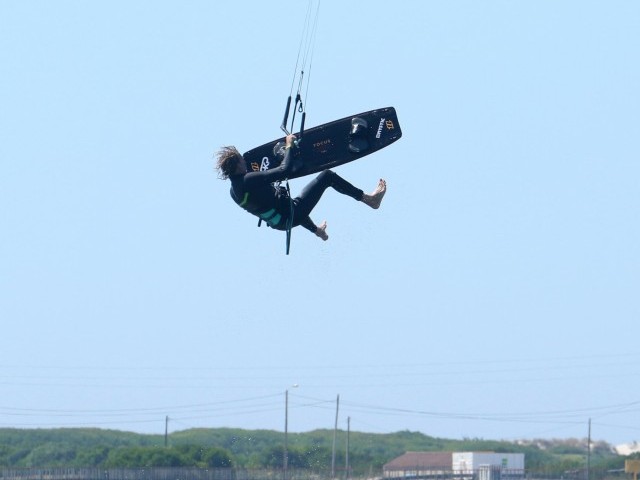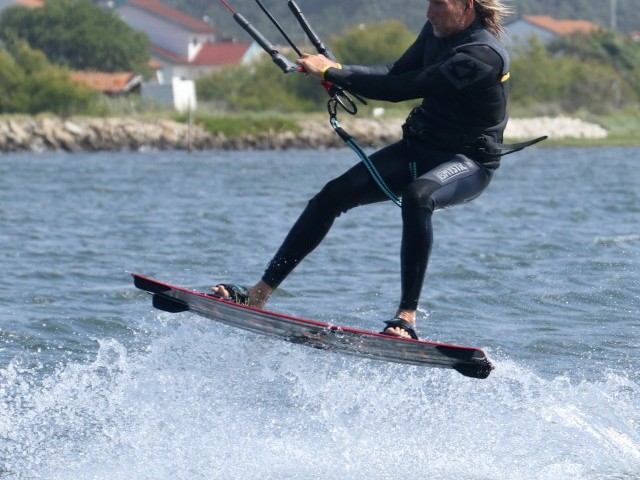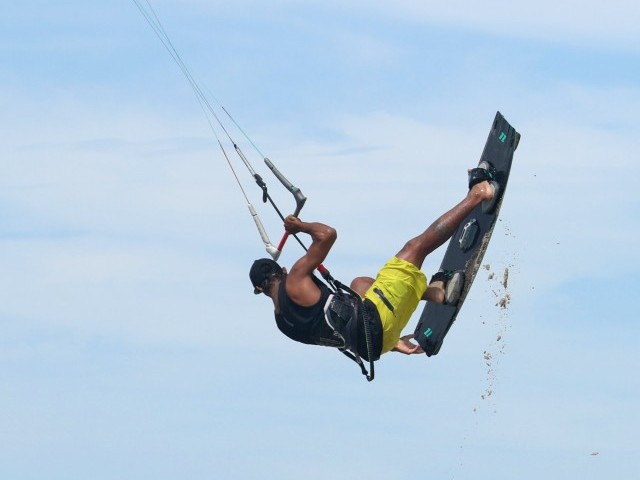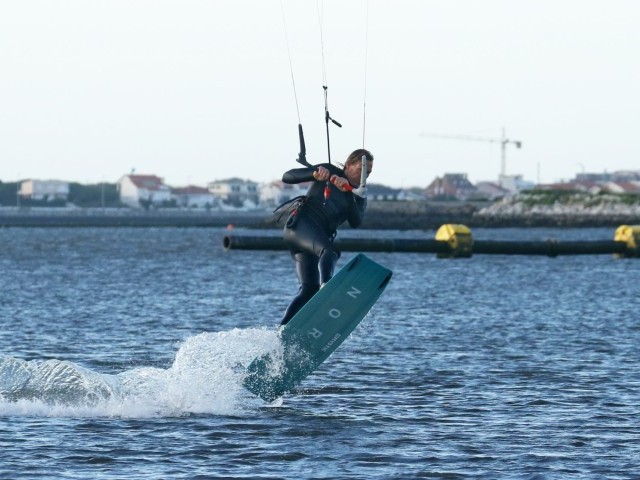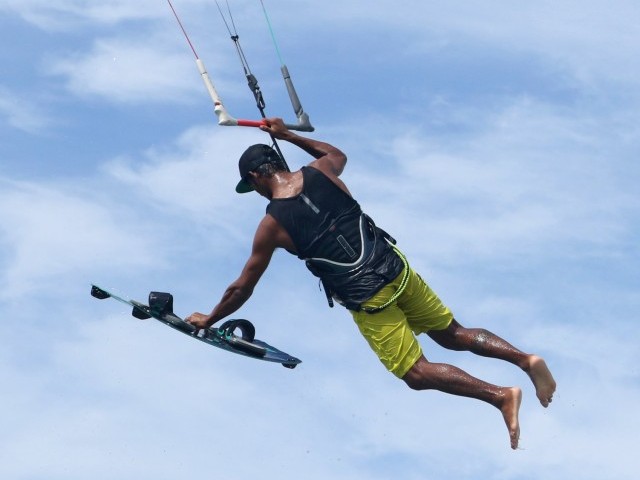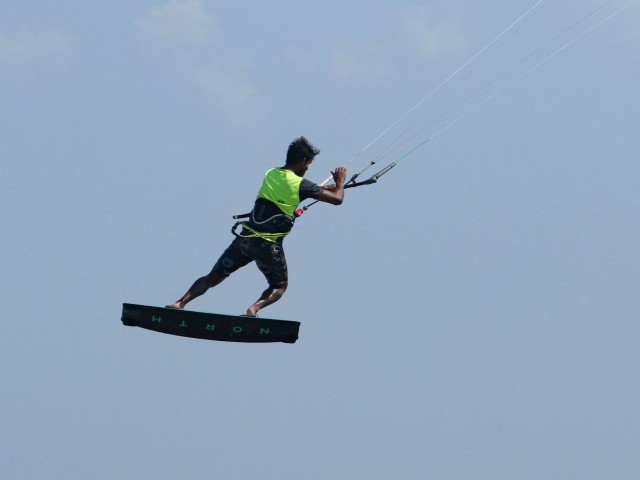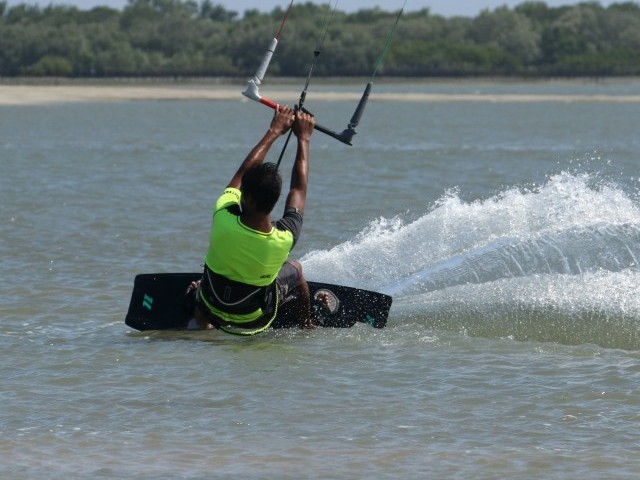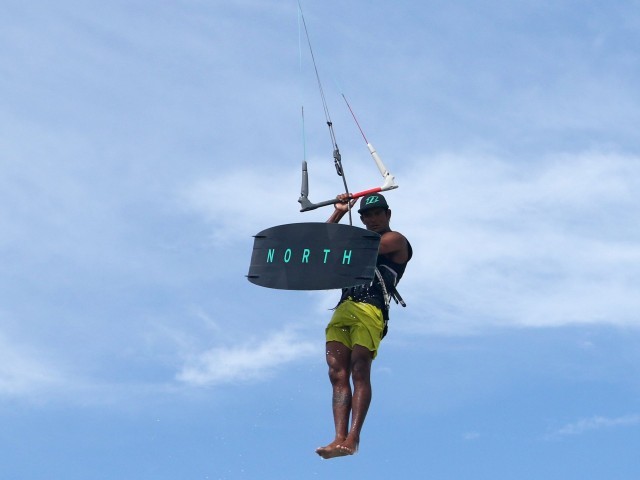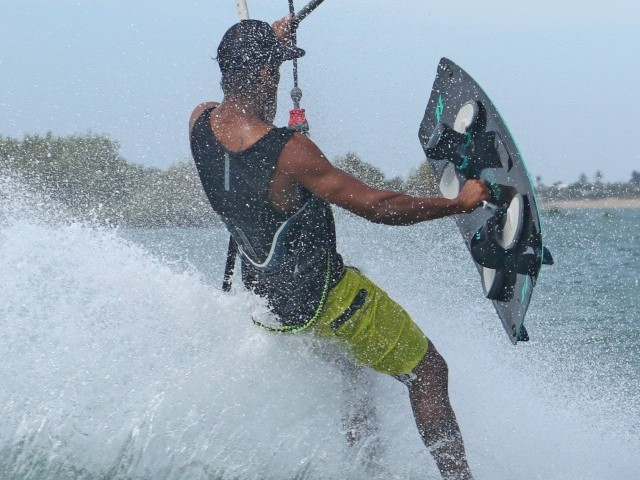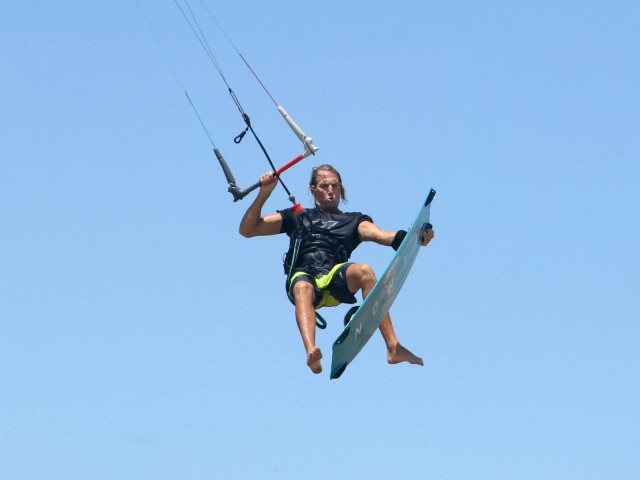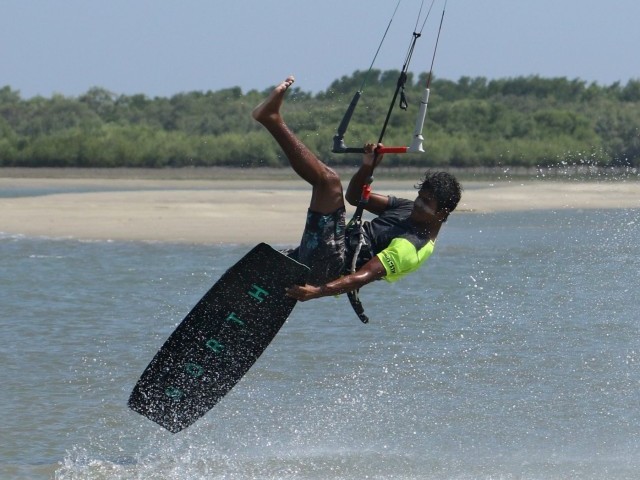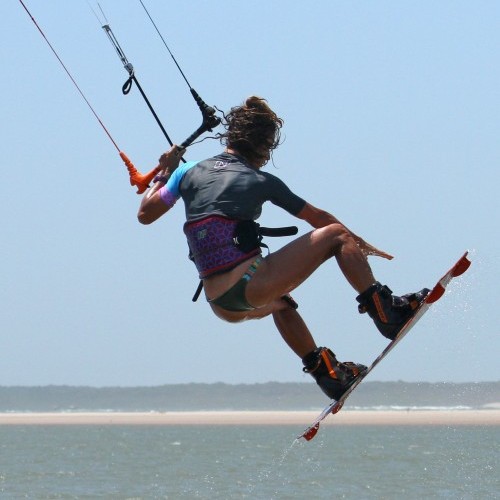
Popped Hooked Indy Front to Blind
Technique / Advanced
Introduction
For you pop masters this issue we thought we’d take you through a lovely, tasty, smooth and flowing hooked in, popped front with an Indy grab. These hooked moves are both fun and practical. They give you the chance to learn something new and good looking while polishing your skills and preparing you for more boom in the future, and without the tiring consequence of the unhooked equivalent. What’s not to like?
We will assume that if you are about to launch yourself into this trick that you can at very least pop a front roll and ride blind! That said let’s remind you all of what’s needed here for pop, rotation, grab and blind….
Pic A. Approach and Take Off
It all stems from here, by all we mean even landing correctly, so it’s worth getting it right. You need to be approaching with speed, on an edge, hips back, feeling the pressure through a flexed but solid back leg. Make sure your bar is trimmed close enough that you can edge well without having to pull it in past the sweet spot. Then you need to bear away, off the wind, trying to hold your position and not stand up with your weight forward. By bearing away the kite will drop back, which will help you land downwind, and you’ll be able to carve up without slowing down. Here, Karine has completed the above and is carving up ready to explode off the water by stamping down hard on her back heel. She won’t pull on the bar, she won’t send the kite but leave it around 11 o’clock, and she won’t wait for something to happen. It’s up to her, so she’ll kick herself away from the board and the rest comes from there.
Pic B. Pop for the Indy
Being a pop trick, your only thought as you take off should be in extending upwards, the rotation should be pushed back for a fraction of a second to guarantee that you get up and off the water. For a front rotation you would then normally turn your head and lead with your hands, but because you want to add a cheeky indy grab, you’ll have to modify your pop take off slightly. To get an idea have a look at Karine in the photo. If this was a standard popped front her back leg would still be extended, her front leg maybe tucking up and her head looking up over her back shoulder and her hands pushing around to speed up the rotation. However, to make time and space for the grab Karine tilts her head back towards her trailing shoulder, whilst already releasing her back hand and making an effort to bring her back knee and the board up immediately after kicking off. All her rotation, as well as her height, must come from her kick off!
Pic C. Early Grab
Getting the grab will help you rotate as the position is small and tucked, so going for it early will help. You can see that Karine is focusing on the toe side edge of her board between her feet so that she can both bring the board towards her and reach down towards it. To get it quickly try and lift both knees up and out simultaneously. If the back knee comes up first, that part of the board will be nearer and you’ll end up grabbing further back towards it.
Pic D. The Indy
This is where it wants to be, toe side in the middle. Once you’ve got the grab try and hold it, pulling the board towards you. You can see how Karine has rotated more than half way around her front roll, but if you haven’t, this is the time to look over your shoulder and speed things up. That said if you’re struggling to make the rotation, having time for the blind will be tricky.
Pic E. Throwing the Blind
Blind is a landing, not an extra rotation. As long as you still have daylight between the board and the water you have time to throw it. As soon as Karine sees where she will land she throws the blind. First off she releases her backhand from the grab, which allows her to drop her back shoulder and turn her head and hips. At the same time she scissors the board underneath her, keeping her back leg bent, whilst pulling her front leg around. This should be ample to get the board positioned for a fine landing.
Pic F. Touch Down
With the board underneath her, and her original back leg held high, Karine is in a stable position to land. Her shoulders look back as if she were riding blind, whilst her body remains upright over the board. This way she’ll touch down slightly nose first, but flat so that the board will keep moving. If she twisted her body more upwind it would force the board onto an edge, therefore skipping out and stopping on landing. The final point here, is to push the bar away so that the kite doesn’t pull and you just use the momentum.
Pic G. Options
Once you’ve landed you have a few options to chose from, whether it be riding further, sliding back around, popping out, or as Karine is doing here, oléing the bar across in front of her face so that she continues toe side. Whatever takes your fancy.
Top Tips
We can’t emphasise enough how important the pop is here, giving you both height and the rotation. To make life easier on yourself whilst learning this, it’s more than acceptable to park the kite a bit higher than 11 or 1, as at least you know you’ll have time.
If the Indy is new to you it’s always worth practicing it in a sent front roll. It fits very well with the rotation, but due to the body movement required you may find it hard to reach quickly enough at first. Going for the jumped variant will give you time to dial it in.
Brilliant, now have a butchers at the vids and sequence before heading off onto the water for some personal R&D.
Common Problems
We’ve discussed the main issue, and that’s not getting enough rotation. You have to make it happen which means an aggressive approach and one hell of a stomp off, which should hopefully catapult you up and around, giving you time and space to concentrate on the grab.
If you can’t reach the grab or miss it, most likely reason will be that you’re throwing yourself forwards and down into your rotation. Think of dropping you head back towards your rear shoulder on take off.
Landing on your edge hard can also present problems, so try and rotate over the board when you throw the blind, rather than push the board around with your back foot.
Keystones
- Approach with speed, edge and hips back on the board
- Bear off, before carving up and stamping against your edge extra hard
- Extend up but keep you head high towards your back shoulder
- Lift both knees to reach grab
- Throw blind with bar out and board underneath you
This technique article was in Issue 60 of IKSURFMAG.
Related
By Christian and Karine
Christian and Karine have been working together as a coaching team, running improver to advanced kitesurfing clinics since 2003.







